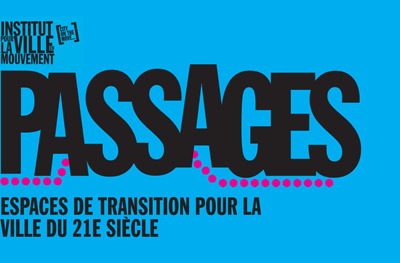Tunnels, bridges, walkways, urban cable ways, escalators…
Sometimes pleasant, lively, smart, entertaining, open to the urban landscape, but most often gloomy, uncomfortable, even dangerous, forgotten or abandoned in the interstices of large development operations; spaces for the multimodal traveller, they are the essential links used to shift, for good or ill, from one transport mode to another, from one urban ambience to another, in contemporary cities that are growing ever larger and ever more fragmented by freeways, railway lines or gated neighbourhoods.
Shortcuts, transitional spaces, special routes, passages are crucial in facilitating access for all to the city.
Formal or informal, they are also places of sensory experience, of transition between different physical, cultural or symbolic worlds.
What are the specificities, the currents of ideas and of innovation in these small spaces, assigned the role of accompanying urban evolution and changing mobilities? How can we act together to ensure that these small, low-cost connections, which facilitate our day-to-day lives, are not neglected by those who make our cities.
Algiers, Anvers, Barcelona, Bogotá, Buenos Aires, Cotonou, Grenoble, Maputo, Montevideo, Nantes, Ouagadougou, Paris, Shanghai, Toronto, Tours, San José, Santiago, São Paolo, Tunis, Valparaiso, Volos…
Students, filmmakers, artists, individuals, political officials, urban technicians, academics and architectural and urban design professionals from all corners of the world have focused their attention on these small places of movement.
Projects conducted in 20 of the world’s cities provide public examples of barriers in today’s city, the situations of passages in our day-to-day travel practices, and solutions for the future.
> You may find the information about the touring of the exhibition here.
